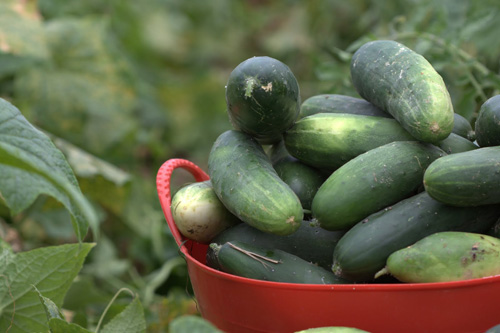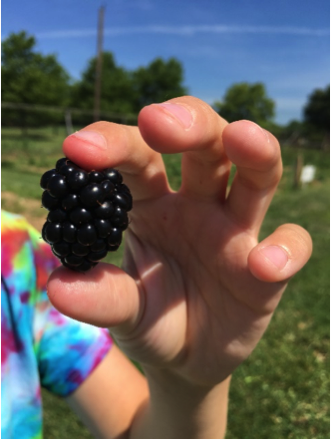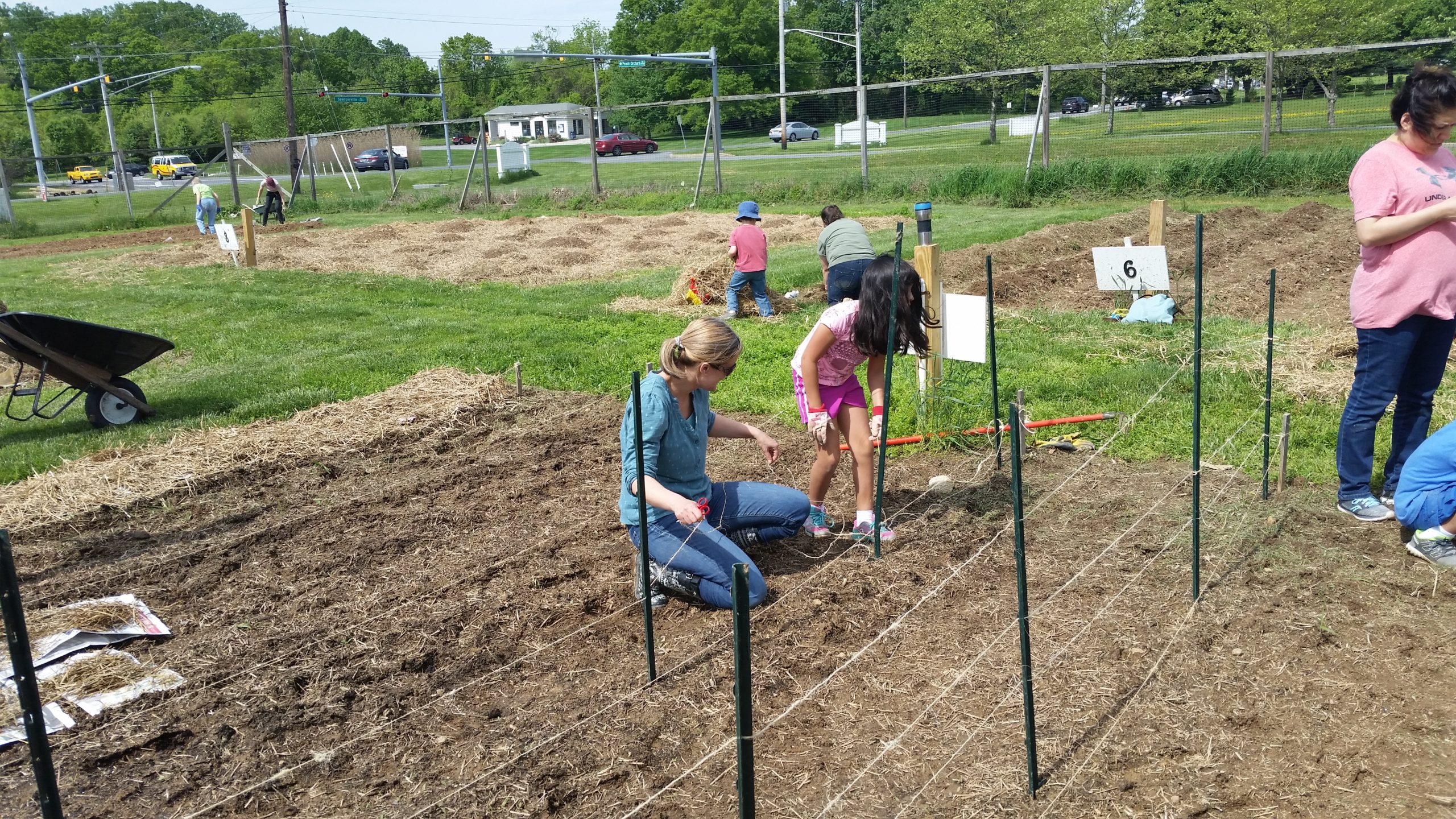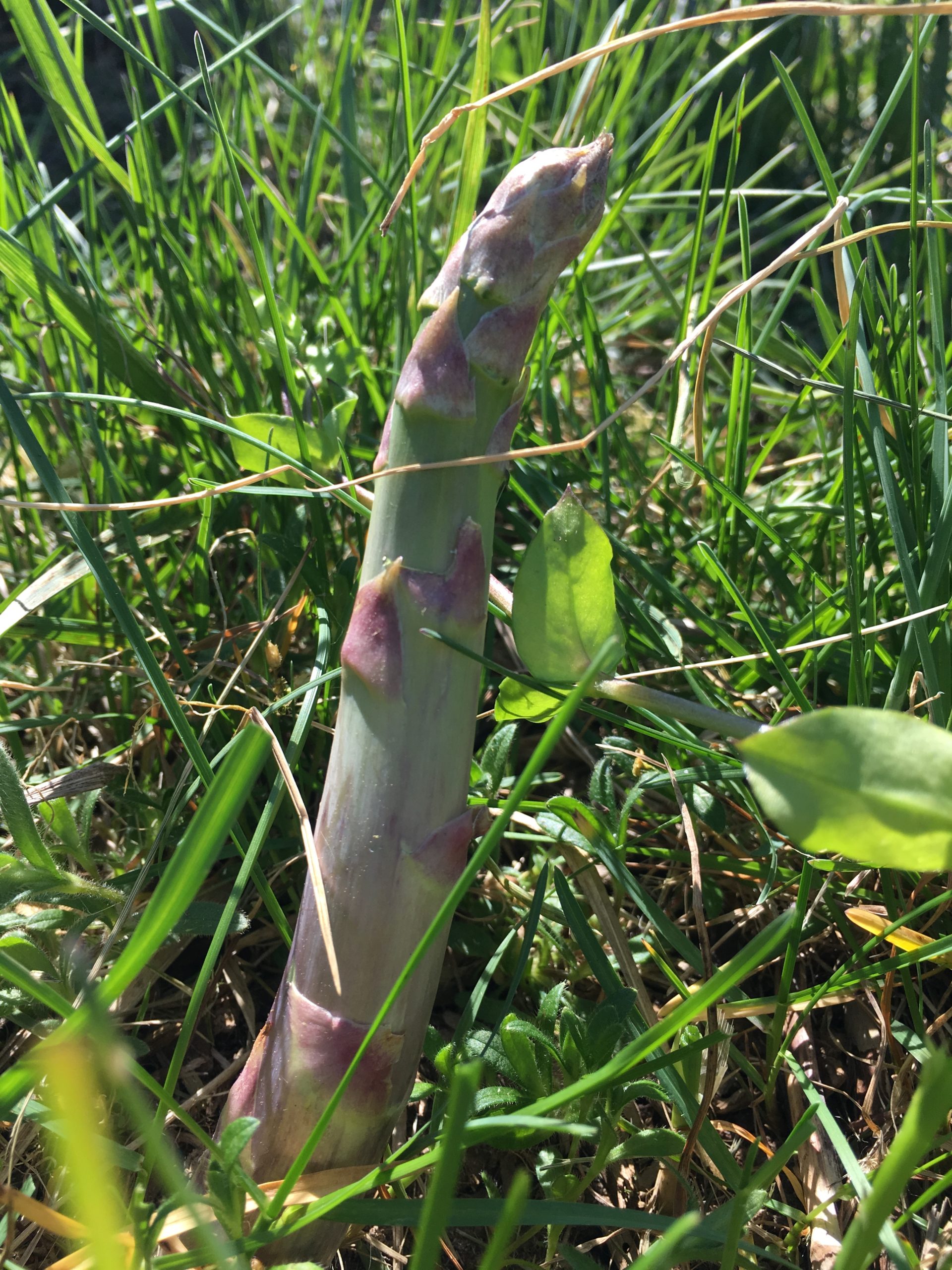Stories from the Farm
Thoughts from our Farm Team
Farm Girl At Heart (by Nonniekaye)
Growing up on a farm and ranch in central Texas instilled in me a love of nature. I spent my summer days running through the fields, riding on the tractor, feeding the cattle, moving hay bales and playing in the creek. We would work as a family to accomplish the constant work required to maintain the crops and cattle. My father rarely went to church with us on Sunday because he was busy working on the farm. He always said he felt closest to God when he was preparing one of our fields for a new crop and watching the plow turn up the fresh soil. The soil was full of nutrients and ready to breathe life into a new crop that would feed those here on Earth.
Every time I work on the Cedar Ridge farm, I feel close to my father and can feel the spiritual connection of which he so dearly spoke. When my family began attending Cedar Ridge 6 years ago, I was naturally drawn to the church’s property and the farm. We really had no idea what we were doing the first time we went to work there. Growing vegetables in Maryland is very different than in Texas. But with time and commitment, I was able to learn the planting and harvesting patterns.
I have worked on the farm for 5 of my 6 years at Cedar Ridge and have found it to be a place of community and friendship. It has taught my children about the hard work that goes behind the vegetables we buy at the supermarket. They have seen and experienced the joy of a seedling sprouting, picking (and eating) a tomato from a plant they helped sow, and weighing vegetables after harvest. While we have not experienced a harvest delivery ourselves, we frequently talk about those benefiting from our hard work.
As wonderful as all of this seems, my children are normal children, thus we have our trips to the farm on hot days where enthusiasm waxes and wanes. A few years back we began starting our work evenings with a picnic on the church grounds. We all enjoy a few slices of pizza or a sandwich at the picnic tables before getting to work. This adds to the family time we experience on the farm and helps balance out the dirty work. My children also enjoy earning Student Service Learning (SSL) hours while working on the farm, another incentive for those with middle or high school students in Montgomery County. There is work appropriate for all ages and farm team members can assist you with finding the right activities that meet the skills of your family. Just ask!
All in all, the church farm gives me a place to calm my thoughts, embrace the Earth’s gifts, contribute to the nutrition of those who are hungry in our community, and instill value for hard work and community in my children. I am thankful to our Cedar Ridge Community for providing a place to give and receive the gifts of God.

Weeds, Bugs and Beauty (by Lisa C)
Driving into church and glancing to your right, the farm looks pretty wonderful. Orderly rows, mowed grass paths, tomato cages standing tall, like a postcard of an old-fashioned Victory Garden. It doesn’t just look wonderful, it is wonderful. When you enter the garden gates and start to walk the rows, though, the gloss of order falls away. Here the weeds have overtaken the lettuce, and you can’t see their soft green heads anymore. There are bugs on the eggplant, and the leaves have been reduced to a fine lace. The cucumbers vines are lazing about rather than hoisting themselves up their lovingly constructed trellis. Up close the garden is weird and messy and very, very alive.
There are gardens that are as neat up close as they are when viewed from the road. The plants are spaced exactly, the soil between the plants is bare of weeds, and there are no bugs. The big farms that grow most of our food are sometimes that way, planted with GPS enabled equipment and sprayed regularly to kill weeds and bugs alike. The amount of food that comes from farms like that is amazing, and to some extent we could run our garden on that model, scaled down to our size: roto-tilling weekly for weeds, spraying insecticide frequently, taking seed packets out of the hands of enthusiastic 5 year olds who sprinkle too thickly, or not at all. Perhaps we’d produce more food, but other things would be lost.
Throw away the ideal Victory Garden postcard, and this is what you can see in our garden instead. Over there is the kale bed, which was dug and shaped by volunteers from Walter Reed with rigor and precision. On the other side is a bed of beets, the plants straggling across the row grouped and bunched a little haphazardly. A child planted that row, and it is beautiful. Maybe that child will come back, see his beets, and take one home to try. Or maybe not. It is beautiful still. And over there, in the tomato bed, you will see the interplay of predator and pest, eater and eaten, if you dare to look closely this summer. A beautiful, grotesque creature called the Tomato Horn Worm will begin to eat our tomato plants very soon. If you see one, look at its back. If it is looks like it is wearing a mohawk made up of white ovals, it has been parasitized by the Braconid Wasp, an insect that also kills the flea beetles that turn our eggplants to lace. We too eat and are eaten, and a living garden is a reminder that any meal is sacred, made up as it is of death and life endlessly intertwined.
Finally, if you end up in the back rows of the garden, you will see the berries. Right now the blackberries are sweet and ripe. There aren’t enough of them for a pie or jam or even a fruit salad. There are just enough for gardeners to slip past the billowing weeds and the munching horn worms, pull a few berries from their canes, and eat them amid the rambunctious rows, enjoying the sweetness and the moment of rest.

Thoughts From a Rookie Farmer
I was a church kid who grew up going to Bible camp and youth group. I went to a Christian college and was married to a pastor’s kid. I’ve been a missionary and a Bible school teacher. I’ve led small groups and preached sermons. I even sang solos in church growing up. When it comes to church, you name it, and I may well have done it . . . that is until you ask me about the farm at Cedar Ridge.
I was a part of the pastoral staff when we broke ground on a misty spring day back in 2009, commemorating this new endeavor to live out our vision through farming. Yet, I will admit that I’ve remained mostly on the sidelines of this venture. As a new mom, I was also in a season of new growth in which my attention was consumed by my adopted daughter. I had little energy or time to put towards anything else. After deciding to stay home with my children for a few years, I stepped away from much of my involvement in church all together. My family moved to the West coast, and I thought my Cedar Ridge life was over.
Then, in the summer of 2012, I returned. With a broken heart and my marriage falling apart, I felt embarrassed by my circumstances. What would people think of me? Slowly, over time, I grew comfortable being back. Week by week, I would show up with my children in tow, happy as they always were to be here. Months later, as I began looking for a job, a position opened up at Cedar Ridge, and I applied. In the winter of 2013, I joined staff once again as the Director of Communication and Administration. Although I was again on staff, I was newly divorced and dead in the middle of a spiritual season that was cold and lonely. All my reserves–spiritual, emotional, physical–were directed towards weathering the storm in my life.
I profess to know little to nothing about farming. I’ve planted a few herbs in my backyard and enjoyed some homegrown tomatoes. One summer, a giant zucchini sprouted out from underneath some overgrown mint I’d planted in the spring. Over half my daughter’s size at the time, it had managed to grow, forgotten and unwatered, for a couple of months. Whereas there are times when our best efforts are needed, there are also times when things grow in spite of us. Some seeds are planted, just before the ground freezes and winter’s chill is looming–what we might deem to be unfavorable circumstances. Onions, garlics, shallots—vegetables that enhance flavor–are planted in the Fall. Out of sight, in soil that is dark and cold, they are wintered ever slowly, to be harvested in the spring and summer.
I can relate to onions. I too have experienced a wintering of sorts. During a dark season, God did not let my heart grow dark. Many times it did not feel that way. I had to batten down the hatches and weather the storm that threatened to drown out what was left of my faith. But instead of trusting my broken heart, I decided to keep trusting in what I knew of God’s heart–that God desired my good regardless of the weather conditions. God could grow anything in the winter.
So this spring I decided I’d make a return to church life from beyond my desk and look for a way to get involved again that won’t be too taxing on my still healing reserves. Dirt and soil, shovels and seeds seemed unintimidating enough. What I like so far about being on the Farm Team is that being out of my element pushes me outside of myself in a way that doesn’t feel too demanding given the difficulty of the last couple of years. It’s a place to give what I can, even if it’s just a few hours a month. And in this case, it is a way to express my gratitude to this community and God for seeing me through the winter of my life. Both have been water to my soul.
If you’re not sure where or how to help, if you’re tired of leading or teaching or guiding, come to the farm–to pull weeds and plant seeds and meet a fellow rookie farmer like me. Who knows, you might even make a new friend. I hope to see you there!

Asparagus
Asparagus
is spring’s first vegetable, one of the few things on our dinner plate that we harvest from a perennial plant, meaning one that comes back from its own roots every year. Other spring vegetables, like lettuce and radishes, are quick-growing, cold tolerant plants that we seed into the ground as soon as it is warm and dry enough in April.
We have an asparagus patch at CRCC, in the far back corner of the garden. Most of the year you wouldn’t know it was asparagus – it looks like a messy patch of tall ferns emerging from a tangle of weeds. Every year the weeds take the patch over as we focus on the more immediate needs of other vegetables – the lettuce that needs to be watered, the kale that needs to be weeded, the tomatoes that need to be picked. Each year, at mid-summer, someone will look at the asparagus and say “I think it may have been overtaken by weeds this year. I think we’ve lost it.” And it seems to be true.
This year the asparagus didn’t appear at Easter, as it always has. There were weeds, and hard packed soil, and last year’s dry stalks, but no green shoots nosing their way toward the spring sunlight. The usual Easter story of life out of death, so plain to see in a risen spring garden, had gone awry. Early April, same story. A spade stuck into the ground at the base of the dead stalks uncovered no sleeping shoots just biding their time. Well, things die. Sometimes there is no resurrection story, no meaning or message at all. With plants, at least, all you need to do is call up the seed company and order a few more.
But then, of course, the asparagus came up. Late, slow, maddening. Missed its cue in the Easter pageant. On its own time.
We’ll be putting the spring vegetables seeds into the ground at the end of April, and some of them will imitate the asparagus. We’ll stand over them, waiting, fretting, sure they have died. And some of them will die. And some will simply take their own time, and spring up late, laughing at our doubt.

Being Clover
The farm at Cedar Ridge is still lush and green with clover. But soon the clover will be plowed under to help bulk up the soil with organic matter. Planting a cover crop is an investment of time, money, and effort at the end of the farming season, when we are all tired and looking forward to the break that fall and winter provide.
But there are many great reasons for planting a cover crop like clover: it suppresses weeds, adds nitrogen to the soil, and improves soil tilth (or condition). Our cover crops are not an end in themselves—we do not harvest them. The reason we plant them is they help subsequent vegetable and fruit crops achieve greater yields.
At Cedar Ridge, we focus on personal growth in the context of community and service. We invest in personal transformation not only for our own wellbeing, but so we can support one another in loving community, and together reach out to serve the world around us… May my growth (and yours!) help others thrive and be fruitful.
Interested in helping out with the farm?
Learn about the farm and how you can participate in our work.
